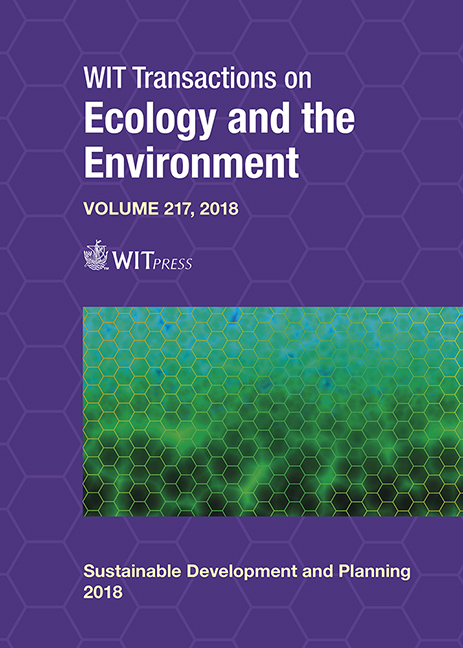REGIONAL RESILIENCE-BASED NATURAL RESOURCE MANAGEMENT PLANNING IN AUSTRALIA: THE NAMOI CATCHMENT EXPERIENCE
Price
Free (open access)
Transaction
Volume
217
Pages
12
Page Range
281 - 292
Published
2018
Size
569 kb
Paper DOI
10.2495/SDP180261
Copyright
WIT Press
Author(s)
FRANCESCA ANDREONI
Abstract
In 2010 Australia introduced the first resilience-based regional (catchment-based) natural resource management plans. The Namoi Catchment Management Authority was one of the first regions to apply this approach. The approach has since been applied across regions throughout Australia to varying degrees and with varying levels of formal institutional and policy support. This paper looks in detail at the Namoi Catchment as a case study showing how a resilience assessment of the Catchment was undertaken based on the resilience alliance workbook. Conceptual models of social-ecological system function were developed around the themes of land, water, biodiversity and people and the relevant critical underpinning assets were identified. Conceptual models were also developed for the sub-regional scale. An evidence base was established, and resilience concepts synthesized into a set of principles in plain English to assist with engaging all stakeholders and communities in the process. This paper also explores the approach used to develop implementation plans based on the resulting Catchment Action Plan (using contribution to overall system function, proximity to threshold, trend, temporal risk to threshold being breached along with an assessment of triple bottom line outcomes, achievability, time lag to benefit and cost). The resilience-based planning approach resulted in a much more focussed and simplified set of priorities to ensure maximum future choices for the region, allowing all stakeholders to focus on the few key issues that, if not addressed, potentially undermine the region’s capacity to cope with future shocks and challenges. An adaptive management strategy and triggers for review were also essential, with a revised set of plans produced in 2013. This paper also examines the benefits and challenges associated with using a resilience-based planning approach at the regional scale (based on the Namoi Catchment experience) and to what extent the outcomes achieved have persisted through subsequent reforms and planning processes.
Keywords
resilience planning, resilience assessment, natural resource management, adaptive management, Namoi Catchment, reform





